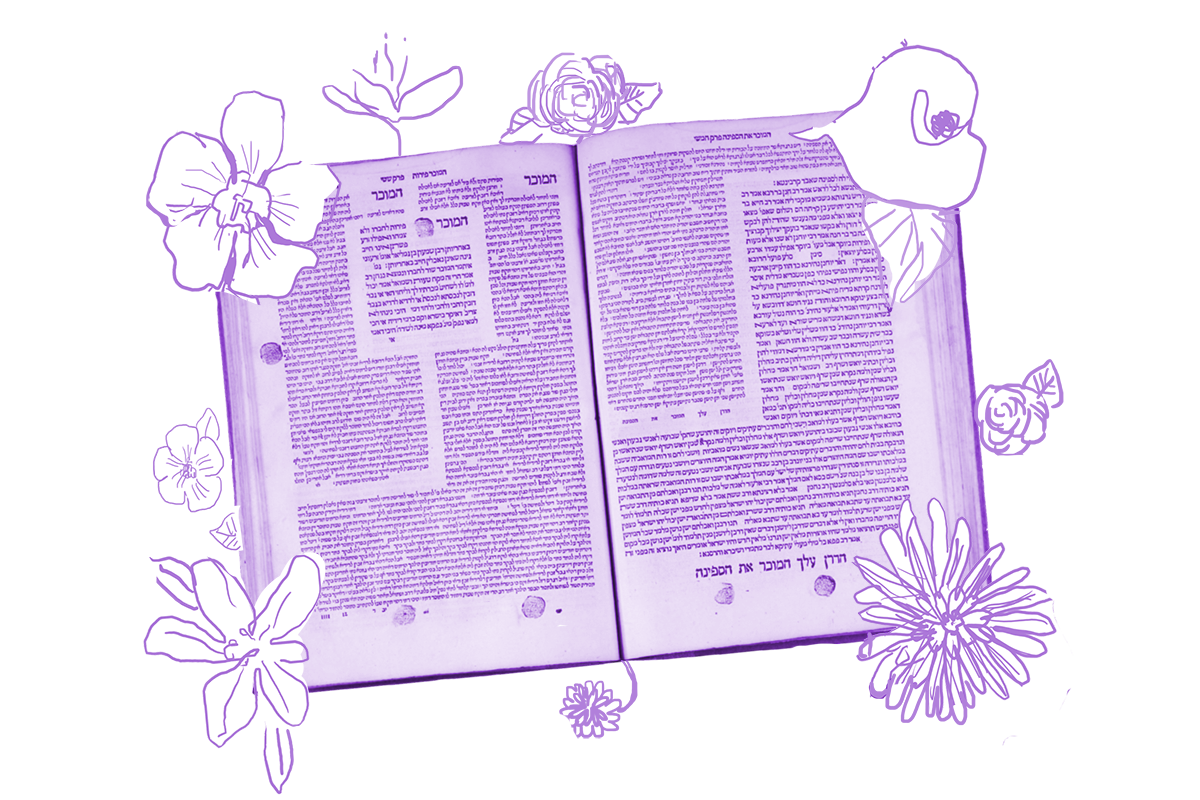Today’s daf continues a conversation about the various tithes that Jewish farmers are required to collect from their produce in the land of Israel. Every year when farming is permitted (so not the shmita year!) Jewish farmers must give a tenth of their harvest to the Levites (called maaser rishon, or first tithe). A second tenth of the crop was then designated as well.
In years one, two, four and five, this is called the “second tithe” (maaser sheni) and farmers are actually allowed to keep it for themselves, so long as it is eaten in Jerusalem. In years three and six of the seven year cycle, this tenth is called the “poor” tithe (maaser ani), and given to those who are economically vulnerable. You obviously need to know which year of the cycle you are in so that you can determine if your second tenth of produce (after your maaser rishon for the levites) should be the maaser sheni or the maaser ani — or if you owe nothing at all!
It gets more complicated, though, because not all agricultural products are on the same fiscal cycle. For instance, when it comes to fruit, the mishnah that kicked off our tractate offered two opinions about the cutoff date:
On the first of Shevat is the New Year for the tree, in accordance with the statement of Beit Shammai. But Beit Hillel say: It is on the 15th.
With your help, My Jewish Learning can provide endless opportunities for learning, connection and discovery.
For tree fruit, either the first or the 15th of Shevat marks the transition from one agricultural year — with its specific tithes — to the next. Further on the mishnah is very clear, however, that when it comes to vegetables, everyone agrees that the agricultural year is counted from the first of Tishrei. Even with this clarification, Jewish farmers in the land of Israel must still pay attention to which year of the seven-year cycle they are currently in and whether a piece of produce is considered a fruit or a vegetable.
I have vivid memories of debating whether tomatoes and bananas were fruits or vegetables during recess as a kid. These debates are ways for kids to try to understand the world around them, learn to make arguments and have some fun doing it. If you’re curious, according to botanists, the tomato is classed as a fruit, and bananas are classed as both fruits and as herbs. Today’s daf adds another kind of produce to this classic schoolyard debate: the etrog!
The daf quotes a mishnah (Bikkurim 2:6) which states:
The etrog tree is like a tree in three ways and like a vegetable in one way. How so?
It is like a tree in three ways: With regard to orla (that the fruit of the first three years after the tree is planted is forbidden), with regard to fourth-year produce, and with regard to the sabbatical year.
And the etrog is like a vegetable in one way, which is that its tithe year follows the time of the picking of its fruit — this is the statement of Rabban Gamliel. Rabbi Eliezer says: The etrog is like the fruit of a tree with regard to all matters.
In this early rabbinic debate, Rabbah Gamliel thinks that the etrog is a fruit in all ways except for calculating which year of the tithing cycle we are in, and Rabbi Eliezer thinks it is a fruit in all ways. Now I’m not going to tell you how the debate shakes out — it actually continues for a while in tomorrow’s daf and I don’t want to spoil the ending. But for now, it’s worth noting that being a Jewish farmer in the land of Israel sounds really complicated — beyond the general challenges of farming, there are all kinds of ritual complexities that need to be negotiated. But as the etrog debate hints, there might also be an element of creative fun involved.
Read all of Rosh Hashanah 14 on Sefaria.
This piece originally appeared in a My Jewish Learning Daf Yomi email newsletter sent on October 23th, 2021. If you are interested in receiving the newsletter, sign up here.



